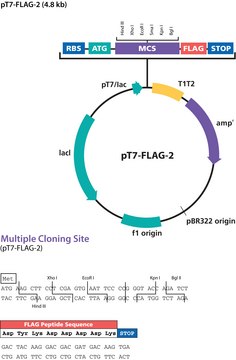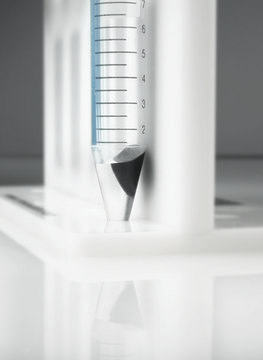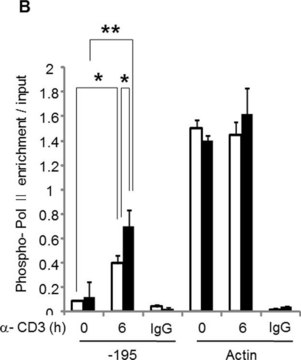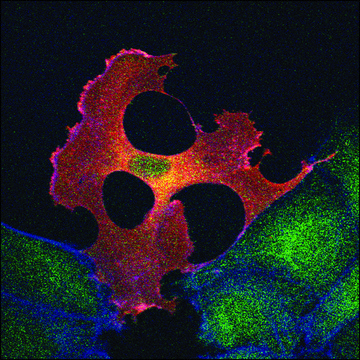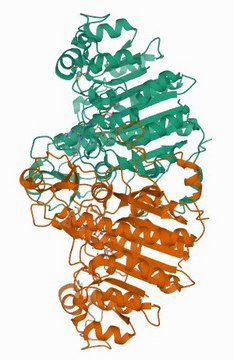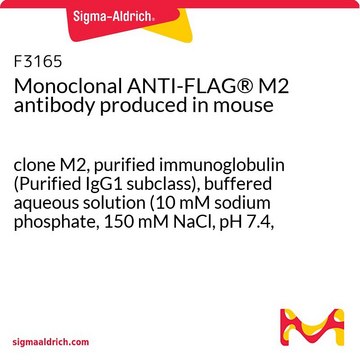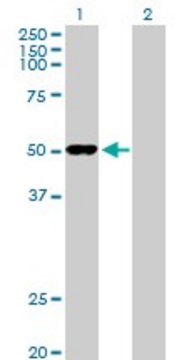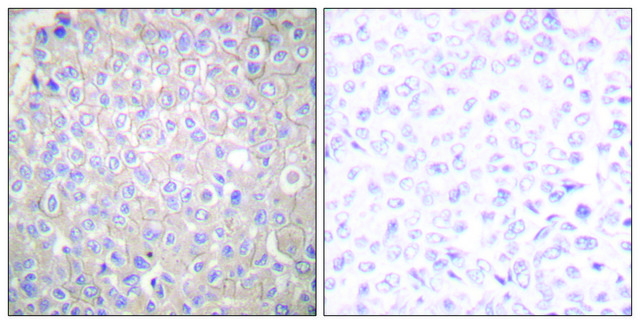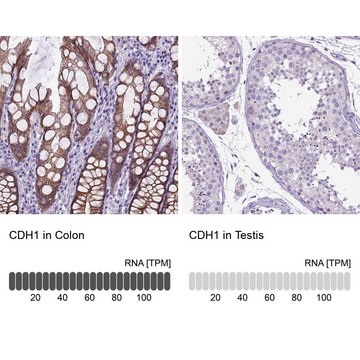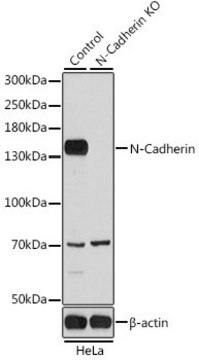SAB5700789
Anti-E-Cadherin antibody produced in rabbit
Synonym(s):
Arc-1, CD324, CDH1, CDHE, E-Cadherin, ECAD, LCAM, UVO
Select a Size
About This Item
MYR 5,216.00
Recommended Products
biological source
rabbit
Quality Level
antibody form
affinity isolated antibody
antibody product type
primary antibodies
clone
polyclonal
form
buffered aqueous solution
mol wt
90
97
species reactivity
mouse, human, rat
concentration
1.19 mg/ml
technique(s)
immunofluorescence: 1:50-1:200
immunohistochemistry: 1:50-1:200
western blot: 1:500-1:2000
1 of 4
This Item | SAB4503751 | HPA004812 | SAB5700190 |
|---|---|---|---|
| biological source rabbit | biological source rabbit | biological source rabbit | biological source rabbit |
| antibody form affinity isolated antibody | antibody form affinity isolated antibody | antibody form affinity isolated antibody | antibody form affinity isolated antibody |
| Quality Level 100 | Quality Level 100 | Quality Level 100 | Quality Level 100 |
| form buffered aqueous solution | form buffered aqueous solution | form buffered aqueous glycerol solution | form buffered aqueous solution |
| species reactivity mouse, human, rat | species reactivity human | species reactivity human | species reactivity human, mouse, rat |
| UniProt accession no. | UniProt accession no. | UniProt accession no. | UniProt accession no. |
General description
Immunogen
Physical form
Storage and Stability
Not finding the right product?
Try our Product Selector Tool.
Storage Class Code
12 - Non Combustible Liquids
WGK
WGK 1
Flash Point(F)
Not applicable
Flash Point(C)
Not applicable
Choose from one of the most recent versions:
Certificates of Analysis (COA)
It looks like we've run into a problem, but you can still download Certificates of Analysis from our Documents section.
If you need assistance, please contact Customer Support
Already Own This Product?
Find documentation for the products that you have recently purchased in the Document Library.
Our team of scientists has experience in all areas of research including Life Science, Material Science, Chemical Synthesis, Chromatography, Analytical and many others.
Contact Technical Service